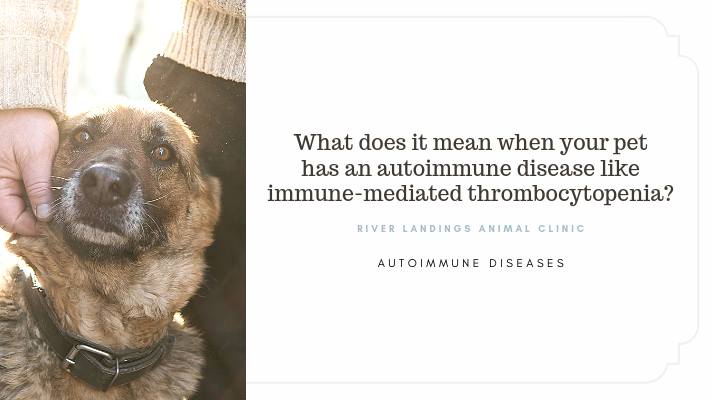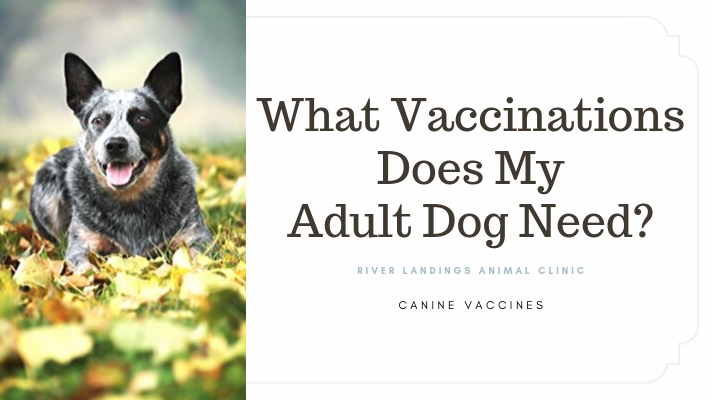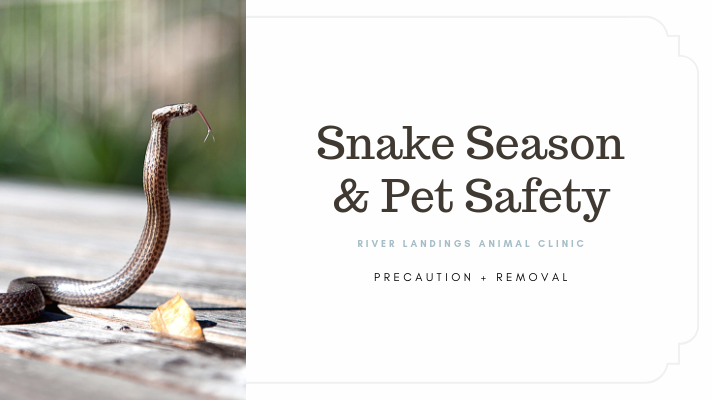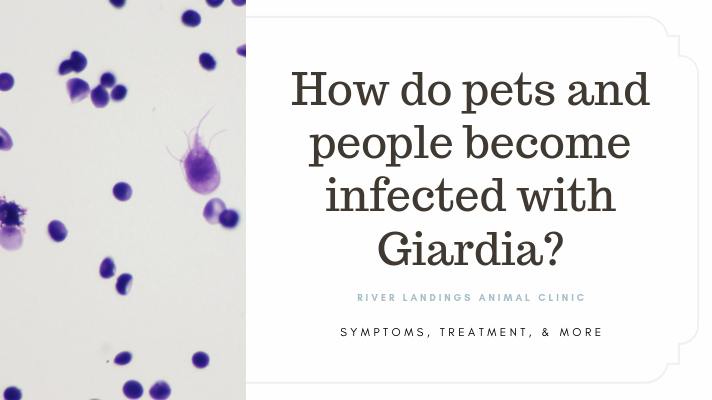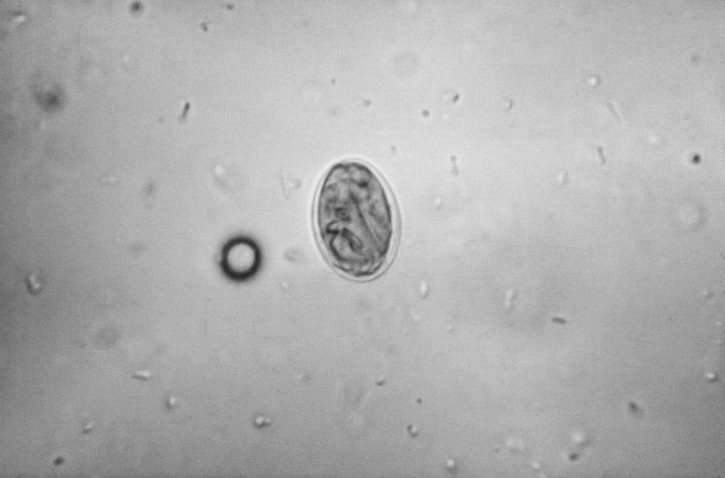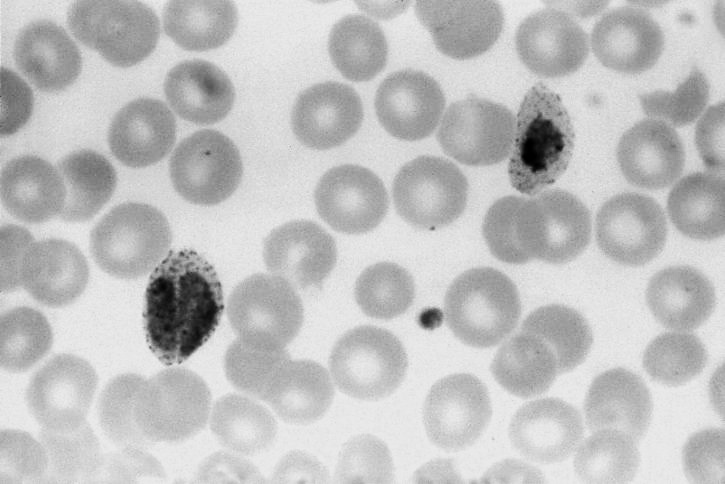Immune-mediated thrombocytopenia (IMT) is a condition in which the animal’s immune system attacks and destroys blood platelets. Without platelets, blood cannot clot effectively, leading to internal or external bleeding. This can cause anemia, and is dangerous in times of injury or surgery. IMT can be a primary condition or it can be caused by another illness (including cancer, certain tick-transmitted diseases as well as some viral and bacterial infections). IMT generally responds to treatment, but it can be fatal. Relapses are common.
About Immune-mediated thrombocytopenia (IMT)
IMT is an autoimmune disease. Autoimmune diseases result when the body’s immune system has become unrecognizable/does not recognize itself. In these cases, cells that normally attack invading viruses and bacteria begin attacking the body’s own cells, resulting in damage.
In dogs and cats with IMT, the body’s platelets are attacked and destroyed, resulting in reduced numbers of platelets in the blood vessels. Platelets (also called thrombocytes) are cells that are needed to form blood clots and repair damaged blood vessels. Thrombocytopenia occurs when there are too few platelets in the blood.
Adequate numbers of platelets are essential for survival. Platelets help repair obvious injuries, such as open wounds, as well as microscopic injuries that occur in day-to-day life. If platelet numbers are too low, uncontrolled bleeding can occur. If treatment is unsuccessful, the patient can bleed to death.
IMT can be a primary condition or it can be caused by another illness or event. The underlying cause of primary IMT is rarely determined. Female dogs are more likely to be diagnosed with IMT, but there is no corresponding gender predisposition in cats. Secondary IMT can be associated with certain cancers (including lymphoma); exposure to certain drugs (including some antibiotics); tick-transmitted diseases (such as ehrlichiosis, babesiosis, and anaplasmosis); and some viral and bacterial infections, including canine distemper virus in dogs and feline leukemia (FeLV) and feline immunodeficiency virus (FIV, or feline AIDS) in cats.
Symptoms and Identifying IMT
Platelets are responsible for helping form blood clots and repair damaged blood vessels, which is why the most common sign of IMT is spontaneous bleeding or the inability to stop bleeding. If IMT is caused by another illness, additional clinical signs can result from the underlying condition. Clinical signs of IMT can vary in severity and include:
Weakness
Lethargy (tiredness)
Appetite loss
Vomiting blood
Bloody diarrhea or melena (digested blood that appears in feces)
Bruising on the skin
Bleeding from the nose
Bleeding from the gums
Bloody urine or bleeding from the penis or vulva
Coughing blood or difficulty breathing
Bleeding can also occur within the brain, causing seizures; within the eyes, causing blindness; or within the abdomen or chest cavity. Severe bleeding can be fatal, especially if it occurs rapidly. If significant blood loss occurs, additional clinical signs (such as pale gums, weakness and even collapse) may be associated with anemia (inadequate numbers of red blood cells).
Owners may also notice other evidence of bleeding, such as minor cuts and scratches that continue to bleed, a heat cycle that seems prolonged or excessive, or skin bruising after playing or grooming.
There is no specific test to diagnose IMT. Your veterinarian will likely recommend blood testing to help confirm a suspected diagnosis of IMT and rule out other conditions that can cause low platelet numbers.
Some veterinarians can perform initial testing at their offices. In other cases, tests are sent to a diagnostic laboratory and results are available in a few days. If your veterinarian suspects an underlying illness (such as FeLV or ehrlichiosis), he or she may recommend more testing.
Who is predisposed for IMT?
Certain dog breeds, such as German Shepherds and Old English Sheepdogs, may be genetically prone to developing primary IMT.
Treatment for IMT
Because IMT is caused by an overactive immune system, initial treatment is aimed at suppressing the immune system and stabilizing the patient. Steroids (given at high doses) are the most common medication prescribed. Additional therapy may include intravenous fluids and supportive care. If the underlying cause of IMT can be treated, such therapy is also generally initiated.
Some pets don’t respond adequately to steroids. In these cases, additional medications can be given to manage the condition.
During treatment, frequent blood testing is required to ensure an adequate response to therapy. Once a pet responds to treatment, medication dosages are gradually adjusted and blood tests are repeated periodically to monitor for relapses.
IMT generally responds to treatment, but it can be fatal. For pets who survive, relapses commonly occur. Your veterinarian may recommend periodic recheck examinations and frequent repeat bloodwork for the life of your pet to help identify and treat relapses early.
Hear From Us Again
Don't forget to subscribe to our email newsletter for more recipes, articles, and clinic updates delivered to your inbox (here). Or, you can keep up to date by liking and following our Facebook page (here).
Related: We have more information under our dog health + cat health categories.

